I love triple option football!
When I coach against it, not so much.
A good defense will use a swarming strategy to get to the ball and shut it down.
But when you play against a triple option offense, you can’t play that way. At least until all of the options have been negated and your defenders are sure they know where the ball is going.
Sometimes, a great triple option team will trick you into going all in on a simple dive, and then when you do and they pitch it, goodbye! There is no one there to stop it.
There’s a couple of different styles of triple option offense that range from under-center and heavy formations all the way to shotgun and spread formations today.
But one style of triple option coming from New Mexico took a new spin and got some incredible results – like averaging 390yds rushing a game.
The architect of this style of option is Bob DeBesse, who says, “It’s a throwback. It’s not necessarily sexy, but I believe it’s absolutely been the best thing for us at New Mexico, to develop an identity and give us an edge as we try to rebuild this.”
“It’s part triple option, part Wishbone, part Veer — an offense popularized by former Houston coach Bill Yeoman in the 1970s — and part Pistol, the latter a newer entry into college football’s offensive lexicon. Combined, it’s the engine behind the nation’s top-ranked running game, and the primary reason for New Mexico’s surge into back-to-back bowl games.”
The purpose of this article is to show you why New Mexico’s triple option offense was so deadly, and what you can do to mimic it if you feel that might be a good fit for your offense.
If you have anything to add in the comments, I’d love to hear it.
Triple Option Forces Defensive Accountability
This is the essence of the triple option offense.
Leaving defenders unblocked.
The first unblocked defender in the New Mexico triple option is the Defensive End, or by New Mexico’s definition, the first player in a 4i or outside.
If you have a 4-3 defense and the first player 4i or outside is the DE, that’s the #1 or First Read Key.
You don’t block him!
Either go outside him to widen him or go inside him if it is the best release to the assigned defender, but leave him alone.
Running a zone running game and leaving him unblocked forces him to either go for the RB very aggressively, or sit patiently waiting to see if the QB keeps the ball.
If you’re new to football alignments and not sure what a 4i is, let me explain it here.
In this diagram, the location that the defensive lines up against the offense is labeled by numbers. 1, 3, 5, 7 are where they shade outside, 2, 4, and 6 are where they line head up and 2i, 4i, and 6i are the inside shades.
The second unblocked defender is the first man outside the box.
That could be a Linebacker or a Safety.
You don’t have to block this man either!
In fact, you will only see him when the QB pulls the ball and sprints outside because he is aligned at a deeper depth and is trying to read for a run or a pass.
Your Quarterback can either pitch the ball to the second RB or he can keep it for a gain.
The defense has to figure out how they are going to get enough players to where you are optioning the ball to stop you.
Deception Is A Vital Strategy In The Triple Option Offense
A lot of football offenses are still pretty basic in their levels of deception.
In other words, what you see is what you get.
The Quarterback hands the ball off and everybody knows it’s a run.
Period.
Defenders easily key where the ball is and get there quickly.
Important Triple Option Techniques
In the triple option offense, the first hand-off between the Quarterback and the Running Back is called a “mesh”.
When the QB and RB “Mesh”, the QB places the ball into the belly of the Running Back early, and then holds it there or “rides” the back while he is passing by, while also making the decision to give it or pull it out and keep it.
This skill is practiced every day because the longer the Mesh is, the harder it is for defenders to see who has the ball.
The QB watches the first unblocked defender (called “reading”) and determines if he can tackle the RB if he gives it.
New Mexico runs a Mesh from the shotgun or pistol formation where the back lines up either to the side of the QB or behind him in shotgun.
According to their coaches, the Pistol mesh is more difficult and has different steps than the shotgun, which is why I advocate picking one or the other and sticking with it.
When teams are really good at the mesh, they can fake out even the best of defenders.
In fact, that’s the whole point, to render their best defender useless and gain a blocker in the process.
The remaining defenders must also delay until they are absolutely certain where the ball is located giving running backs more opportunity.
Talent In Space
This is why New Mexico’s offense is so deadly.
Their triple option is very effective at getting any one of their three highly talented running backs lots of room to run the ball – four if you count the Quarterback.
A talented running back in space is unstoppable no matter how good a defender. And while each play is happening, the jury is still out who is going to end up with the ball, which often leads to one on one matchups in the open field.
Triple Option Video Examples
Here’s a simple breakdown of the triple option play New Mexico hangs their hat on!
In this next clip is a called Quarterback keep with an extra blocker on the perimeter. I love this formation because the deception is wicked and has to be confusing for defenses to see where the ball is going.
Finally, here’s New Mexico’s version of a Zone Slice, which is a called give to the running back and an extra blocker on the read key.
There’s a lot more they love doing and I’ve broken it all down HERE with a ton of free slo motion video included.

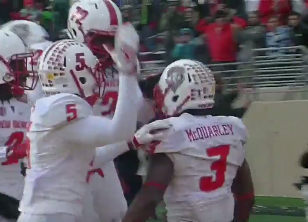
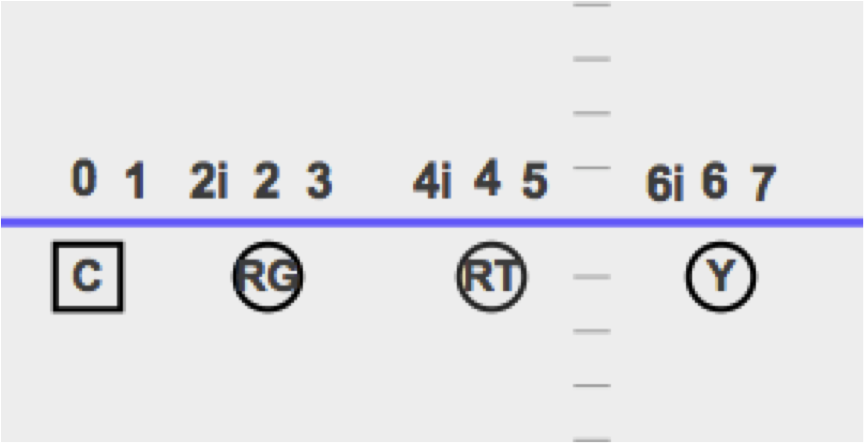
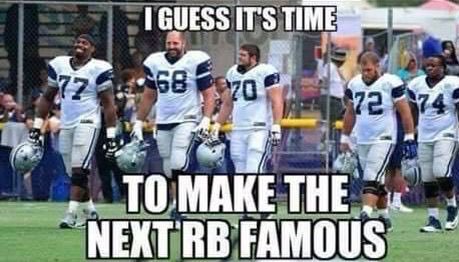
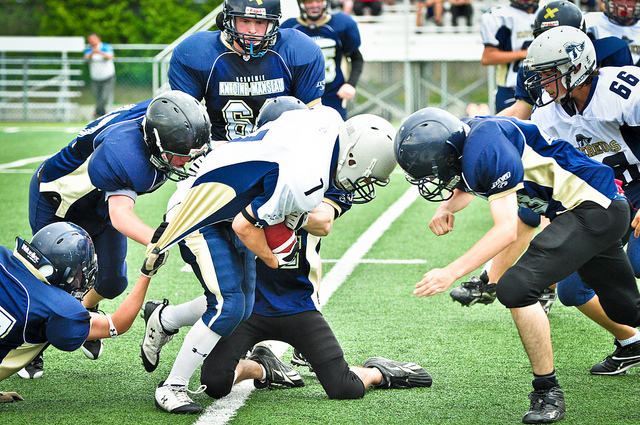
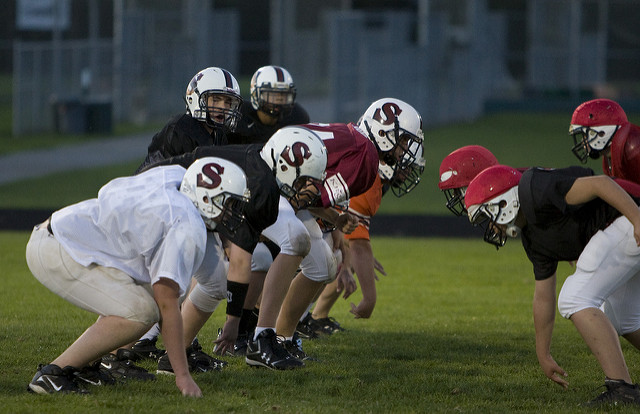
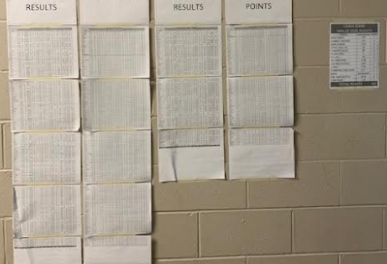
Hello I am a high school football coach who wants to run New Mexico’s triple option offense. I was wonder do you have access or insight to their complete playbook run, pass and option? Or anywhere or anyone who might have access to the complete playbook?
Would love to get more information on the offense! If you have any please email me so we can talk!
Hey Brendon, Have you checked out the course? It’s got everything I know about this offense in it. Is there anything specific you are looking for?
https://coachtube.com/course/football/new-mexicos-shotgun-triple-option-offense?mparam=53468
what kind of course is it? would like to see some practice templates as well
Hey I saw that this link was no longer available. Is their another place I can still get this course?
I bought the New Mexico triple option course but I can’t log in to the site
Hi Coach, The course is located and can be accessed here: https://coachtube.com/course/football/breaking-down-the-new-mexico-shotgun-triple-option-offense/601684 Please let me know if you need anything else!
I love this offense. Do you know where to find a playbook?
Have you thought about updating this course?Because the OC has been at Georgia Southern for the last two years.